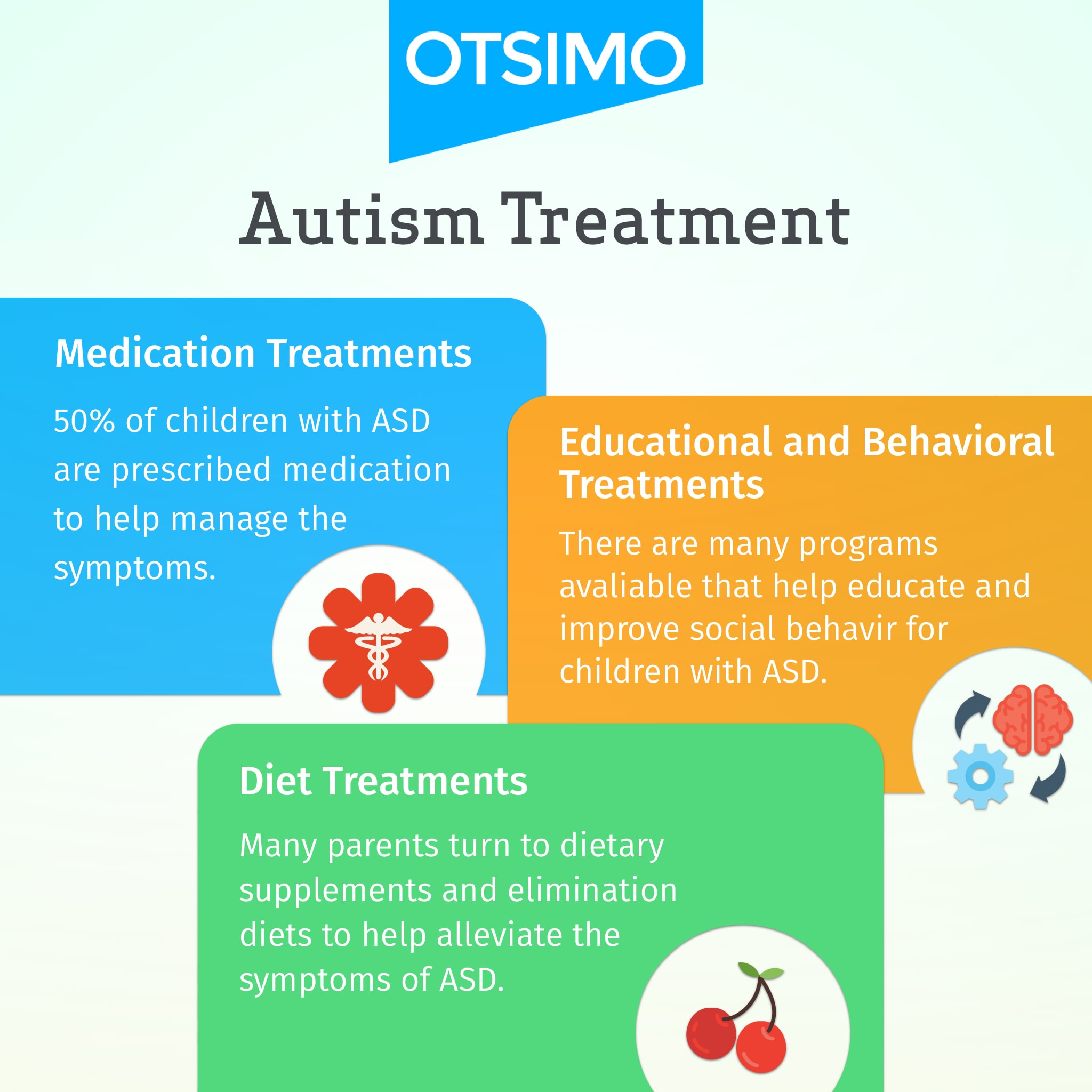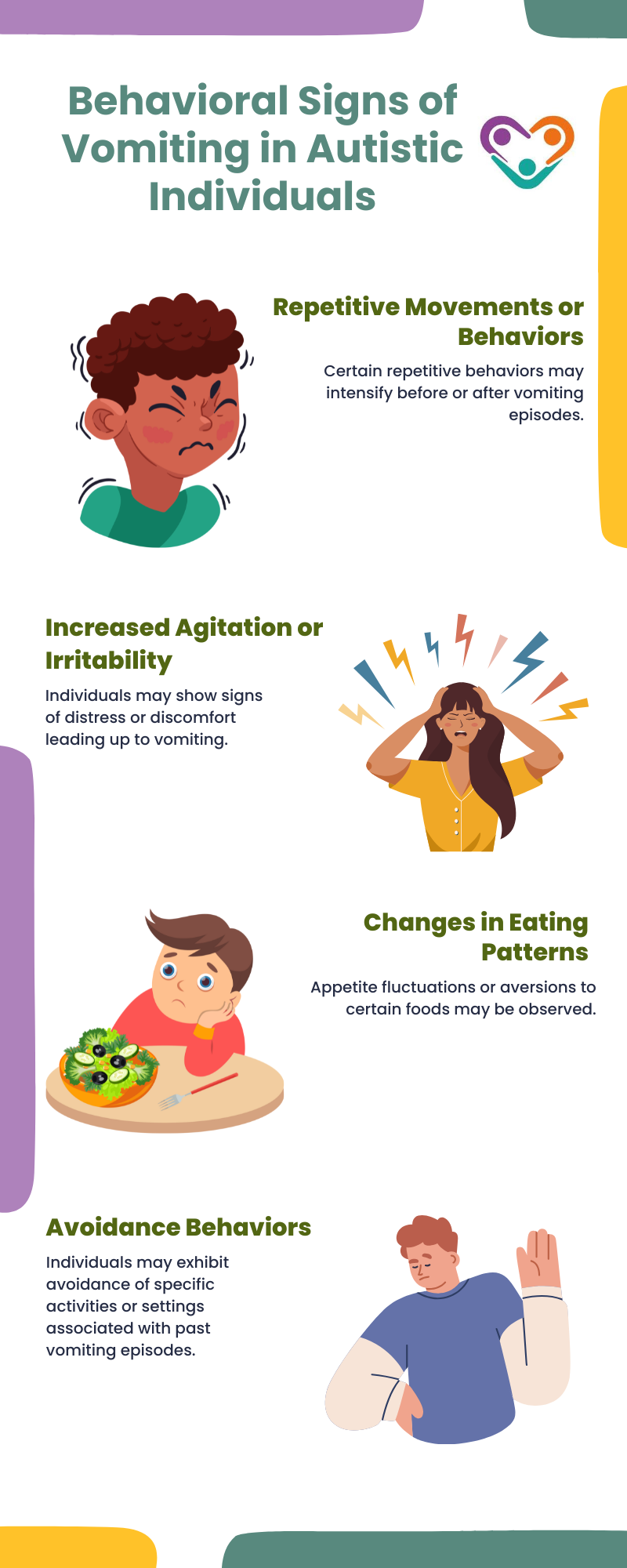How Autism Spectrum Therapies address nonverbal communication barriers
How Autism Spectrum Therapies address nonverbal communication barriers
Blog Article
Comprehending the Effect of Behavioral Autism on Daily Life and Social Interactions
You may not understand exactly how deeply behavioral autism influences life and social interactions. People on the spectrum often browse a globe full of communication hurdles and sensory overload. These challenges can lead to irritation and isolation, impacting their partnerships and overall wellness. Comprehending these subtleties is important for promoting encouraging environments. What approaches can we execute to create more comprehensive spaces and purposeful links? The responses may stun you.
Specifying Behavioral Autism and Its Attributes
Behavioral autism, frequently referred to as autism range problem (ASD), includes a range of problems characterized by difficulties in social communication, interaction, and recurring actions. You might notice that individuals with ASD frequently struggle to analyze social signs, which can bring about misunderstandings in discussions. They may locate it difficult to establish eye contact or take part in tiny talk, making social situations really feel overwhelming.
Interaction problems can materialize in numerous means, from postponed speech growth to a preference for using less words. By identifying these traits, you can cultivate an environment that advertises approval and encourages reliable interaction, assisting individuals with autism flourish in their everyday interactions.
The Range of Autism: Comprehending Irregularity in Actions
Autism spectrum disorder (ASD) isn't a one-size-fits-all diagnosis; it varies commonly among individuals. You may encounter individuals who are extremely spoken and involve quickly in conversations, while others might prefer solitary tasks or interact non-verbally.
Moreover, the means individuals with ASD reply to sensory input can differ significantly; some could be bewildered by brilliant lights or loud noises, whereas others grow in stimulating environments. The spectrum also includes distinctions in social communications; some people may battle to analyze social signs, while others navigate social setups with family member ease. Understanding this irregularity is important, as it aids you appreciate everyone's distinct experience and dressmaker support to their details needs, fostering an extra inclusive atmosphere for every person.
Interaction Obstacles Dealt With by Individuals With Autism
When you connect with people on the autism range, you may see their distinct interaction obstacles. They usually face problems with both nonverbal and spoken cues, which can impact their social communications. Understanding these obstacles is important for cultivating much better links and support.

Verbal Interaction Difficulties
Many people on the autism range experience verbal communication difficulties that can significantly influence their daily communications. Your speed, tone, or quantity might not straighten with social expectations, causing others to misinterpret your intentions. Identifying these difficulties can help you and your support network create methods to improve communication and promote much better links with others in your daily life.
Nonverbal Communication Barriers
Spoken communication isn't the only challenge people on the autism spectrum face; nonverbal interaction obstacles can be simply as significant. These challenges can lead to misconceptions or misinterpretations of social signs, making communications really feel complex or overwhelming. By dealing with nonverbal interaction, you can locate methods to improve your social experiences and boost your total top quality of life.
Social Communication Effects
Social interactions can frequently really feel frustrating due to the one-of-a-kind communication obstacles dealt with by people with autism. Acknowledging these challenges can assist you locate methods to boost interaction, such as practicing social skills in risk-free setups or making use of visual aids. Comprehending your demands enables you to navigate social interactions with better confidence and simplicity.
Social Interaction and Partnership Building in Autism
While structure partnerships can be testing for people with autism, recognizing their distinct viewpoints and interaction styles can cultivate meaningful links. You may discover that several individuals on the range prefer direct communication and might battle with social cues or little talk. By being uncomplicated in your interactions, you can assist develop an environment where they feel comfortable.
Involving in shared passions can likewise offer as a bridge to deeper links. Whether it's a pastime, a preferred program, or a common interest, these typical threads can open up doors to relationship.
Day-to-day Live Routine: Navigating Difficulties and Strategies
Navigating daily life routines can be especially testing for people with autism, particularly when unexpected changes take place. You might locate convenience in having an organized timetable, as it helps you anticipate what's next. It's typical to really feel anxious or overloaded when disruptions occur. To browse these challenges, think about carrying out aesthetic routines or lists. These devices can give clarity and peace of mind.
Establishing a routine that includes sensory breaks can likewise be helpful. This helps produce an understanding setting.
Lastly, technique mindfulness strategies to handle tension and stress and anxiety. Straightforward breathing exercises or basing strategies can make a considerable difference. By integrating these approaches, you can enhance your day-to-day routine and reduce interruptions, making life really feel more convenient.
Staminas and Abilities of People on the Autism Range
Understanding daily life regimens is just one element of the autism experience. Many people on the autism spectrum have exceptional toughness and capabilities that establish them apart.
In addition, your memory skills typically shine, particularly in locations of rate of interest. Autism Behavioral Therapy. This propensity for preserving useful content info can make you a valuable source in fields like innovation, art, or science. You may additionally show strong visual reasoning, allowing you to picture intricate concepts and resolve troubles creatively
In addition, your special point of view on the globe can foster empathy and understanding in others, improving social communications. Embracing these strengths not just increases your self-confidence yet additionally aids others appreciate the diverse talents you offer the table.
Creating Comprehensive Environments for People With Autism
Developing inclusive environments for individuals with autism starts with creating sensory-friendly areas that satisfy their unique demands. You can additionally promote possibilities for social interaction, aiding to build connections and relationships. By making these changes, you'll add to a more inviting ambience for everyone.
Designing Sensory-Friendly Spaces
While developing sensory-friendly spaces, it's important to mirror on the special needs of individuals with autism. Incorporate peaceful zones where people can pull back and recharge when overwhelmed. Consist of aesthetic timetables or clear signage to aid individuals browse the room with confidence.
Advertising Social Interaction Opportunities
Designing sensory-friendly areas not only addresses individual convenience yet also sets the stage for significant social interactions among people with autism. Urge peer mentoring, matching people with autism with encouraging peers that can direct them through social circumstances. By carrying out these approaches, you can improve social opportunities, aiding individuals with autism develop friendships and reinforce their social skills in a safe, inviting atmosphere.

Frequently Asked Questions
How Can Pals Assistance A Person With Behavioral Autism?
You can sustain a close friend with behavioral autism by holding your horses, listening proactively, and valuing their limits. Participate in activities they appreciate, communicate honestly, and create a try this website comfy atmosphere where they feel valued and recognized.
What Resources Are Offered for Moms And Dads of Kid With Autism?
You can explore different sources for parents of kids with autism, consisting of assistance groups, instructional internet sites, and neighborhood social work. Linking with other moms and dads can also give useful understandings and shared experiences to assist navigate challenges.
Can Behavioral Autism Change Over Time?

Yes, behavioral autism can change over time. You might see shifts in interaction, social skills, and behavior as your kid expands. Early intervention and support commonly play crucial functions in these developmental changes.
Just How Do Sensory Sensitivities Affect Day-to-day Live?
Sensory level of sensitivities can make day-to-day experiences overwhelming. You may have problem with brilliant lights or loud sounds, leading to tension or avoidance. Locating settings that accommodate your requirements can significantly boost your convenience and overall life.
What Prevail Misconceptions Concerning Behavioral Autism?
You may believe behavior autism only influences interaction skills, yet it's even more facility. Many assume individuals do not have empathy or intelligence, which isn't real. Recognizing these mistaken beliefs assists foster acceptance and assistance for those on the spectrum.
Behavioral autism, frequently referred to as autism spectrum disorder (ASD), encompasses a variety of problems defined by obstacles in social interaction, communication, and recurring behaviors.Social interactions can usually really feel frustrating due to the one-of-a-kind communication difficulties dealt with by individuals with autism.Creating sensory-friendly areas not just addresses specific convenience but likewise sets the phase for significant social communications read this article among people with autism. Encourage peer mentoring, matching individuals with autism with supportive peers who can assist them via social circumstances. By applying these strategies, you can improve social opportunities, aiding individuals with autism develop friendships and enhance their social abilities in a risk-free, inviting environment.
Report this page